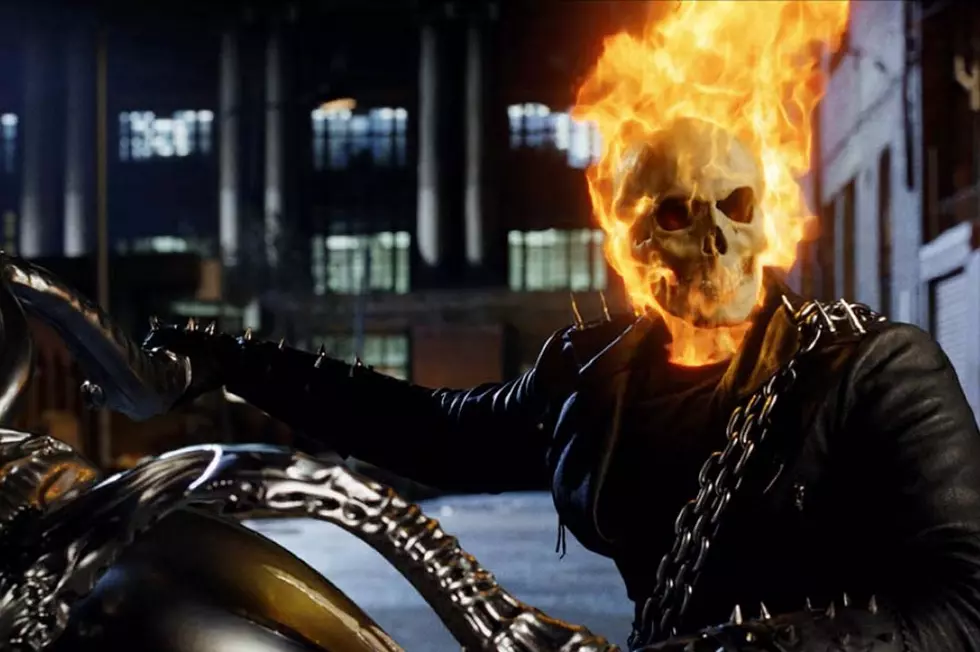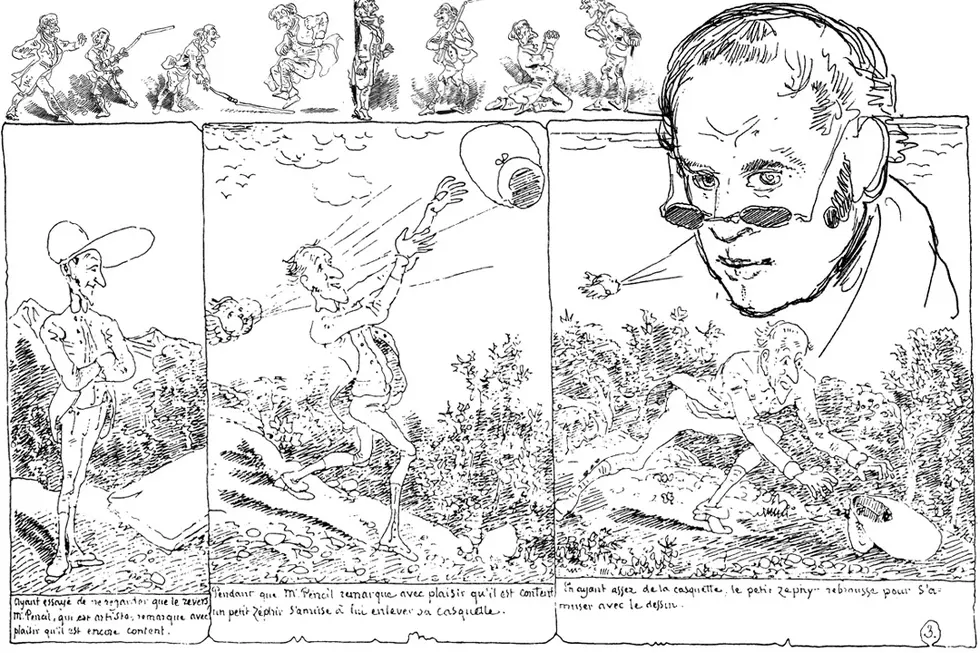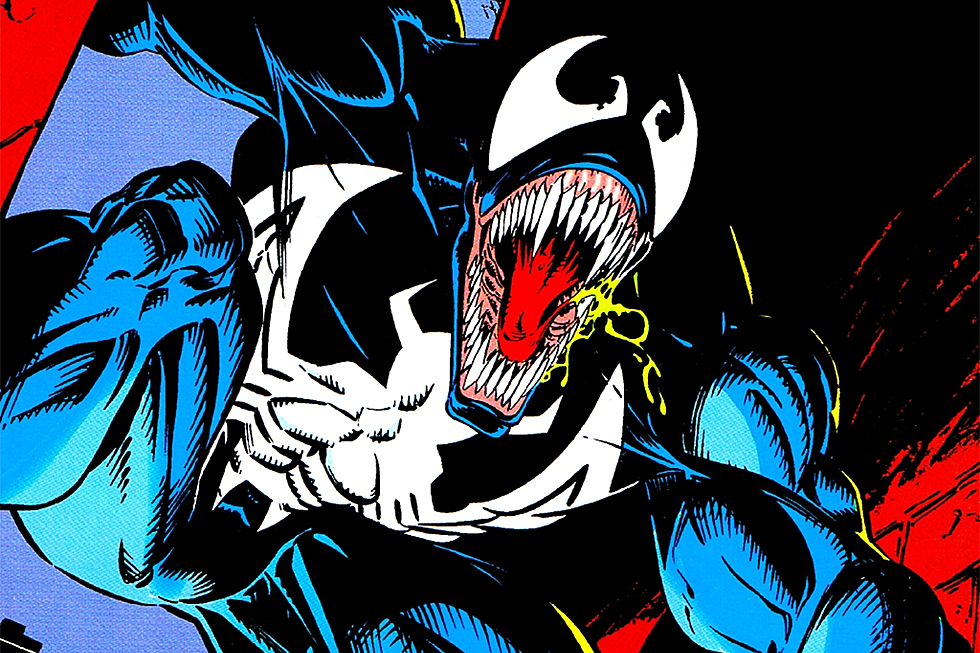
Everything And Then Some: Celebrating The Great Joe Kubert
Some comic creators are known for their work on a specific title, some for their association with a specific character, some for particular stylistic innovations, some for the impact they had on other people working in their field. Joe Kubert was known for all those things and more, to the point that it's probably just best to describe him as being known for being Joe Kubert.
Joe Kubert was born in Poland on September 18th, 1926, and immigrated with his parents and sister to America two months later, where they settled in Brooklyn. He showed an aptitude for drawing at an early age and, encouraged by his family, spent much of his time concentrating on art. He began working in comics as a young man, apprenticing at a shop in Manhattan while attending the High School of Music and Art, and gaining steady employment as a penciller, inker, and colorist for various publishers by the early '40s.
In 1943, Kubert produced a fifty-page Seven Soldiers Of Victory story for All-American Comics, one of three loosely-affiliated companies that would soon merge to become National Periodical Publications (AKA DC Comics). Just over a year later, he pencilled a Hawkman story in Flash Comics #62, marking his first association with one of his signature characters. He would work steadily for DC through the rest of the decade, while also freelancing for Avon, Harvey, and Fiction House.
As the 1950s dawned, Kubert accepted a position as managing editor for St. John Publications' line of comics, where he employed creators including Alex Toth and pioneering African-American artist Matt Baker. He was drafted into the army in 1950, but continued to freelance throughout his tour of duty, and upon his discharge, returned to work at St. John and helped launch the first 3D comics in 1953 (which legendarily sold millions of copies despite being 2.5 times the price of a normal four-color comic).
During this time, Kubert created the noble caveman Tor, who he would return to numerous times over the next six decades.
But after a brief run of success, Kubert decided to keep moving. The cultural tide was shifting, the comic industry was facing hard times, and St. John was experiencing difficulties, so Kubert returned to the freelance life. He did some work for Lev Gleason and took on some assignments from Atlas editor Stan Lee, but for the most part, he was back to being one of DC's top people.
1956 saw the first signs of the superhero revival, and Kubert was right in the middle of it, inking Carmine Infantino's pencils for the first appearance of the all-new Flash in Showcase #4. He also found a niche as a war artist, taking on the Haunted Tank and Sgt. Rock features in G.I. Combat, using his fine ink lines and meticulous cross-hatching to define the details of battlefield life in gripping and evocative fashion.
By the start of the next decade, superheroes were all the rage again, and Kubert teamed with writer Gardner Fox to create an updated version of Hawkman, who debuted to great success at the tail end of 1960 in Brave And The Bold #34, cover-dated Feb-Mar 1961. Again, Kubert had found the perfect match of style and subject, using crisp strokes to define each rippling muscle and windblown feather, spotting occasional blacks across the page to give depth and reality to each moment of otherworldly action.
All this work would be more than enough to keep an ordinary man engaged, but Kubert, as ever, was anything but ordinary. He continued to work on the full complement of DC's war titles, and took on numerous fantasy, western, sci-fi, and superhero assignments as a sideline, drawing each with complete dedication and singular flair. Working with writer Robert Kanigher, he introduced the high-flying antihero Enemy Ace in 1965's Our Army At War #151. And in 1967, he took on the role of DC's "director of publications", a title he would hold for a decade, supervising the look and feel of the entire line.
In the early '70s, while continuing both his creative and administrative duties, Kubert launched DC's Tarzan title, producing what's often called one of the premier comic adaptations of the classic Burroughs character.
In 1976, Kubert stepped down from his staff position at DC, and founded the country's first academic establishment dedicated to comic art: The Joe Kubert School Of Cartoon And Graphic Art (now known simply as The Kubert School). This was, and is, a three-year technical school that instructs students on skills needed in the comics and commercial illustration field, and has been continuously operating since its formation. Numerous alumni have gone on to distinguished careers in the industry, including Rick Veitch, Stephen Bissette, Amanda Conner, Dave Dorman, Jan Duursema, Alex Maleev, Chris Mooneyham, Lee Weeks, Tim Truman, Tom Mandrake, Eric Shanower, and Kubert's own sons, Andy and Adam.
The launch of the school didn't distract from Kubert's workload, though --- he continued to pencil covers and interiors for DC, while also taking on special projects and freelance gigs.
The following decades saw him continue his punishing pace of productivity, relaunching Tor at Epic Comics, penciling special projects, contributing to a number of DC anniversary titles and anthologies, and writing and drawing a trio of historical graphic novels: Fax From Sarajevo, Yossel, and Jew Gangster, all while teaching classes and mentoring new generations of artists.
And ever tireless, Kubert remained productive 'til the very end --- the last year of his life saw him working on a Before Watchmen book with son Andy; producing the Joe Kubert Presents anthology title, where he returned to some of his signature DC characters; remaining actively involved in the school that bore his name; speaking on panels and giving drawing demonstrations at conventions; and creating a promotional poster for the George Lucas-produced Red Tails that harkened back to his classic combat work.
There was nobody like Joe Kubert, and there never will be again --- he was, by any estimation, one of the finest draftsman to ever pick up a drawing tool, but it was his curiosity, his refusal to slow down, his nonstop compulsion to keep going, keep creating, and keep inspiring that made him a legend.
Yes, he could draw whatever he set his mind to, but he also pushed himself to be whatever he set his mind to, and he shared that with all of us. He was a technician, a craftsman, an innovator, an artist, and a teacher. He did everything, did it well, and believed others could do the same. That's the Joe Kubert legacy.
More From ComicsAlliance









